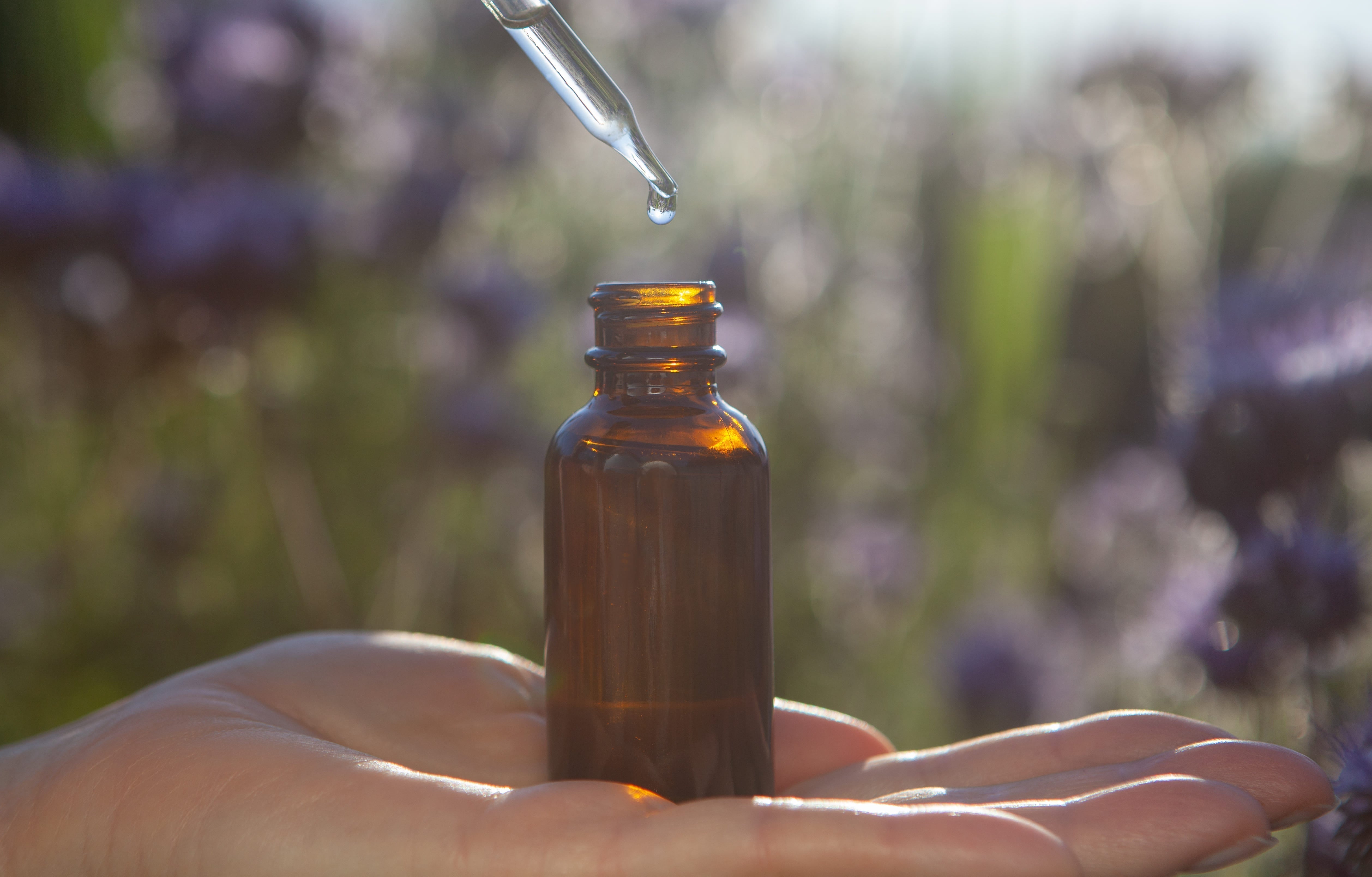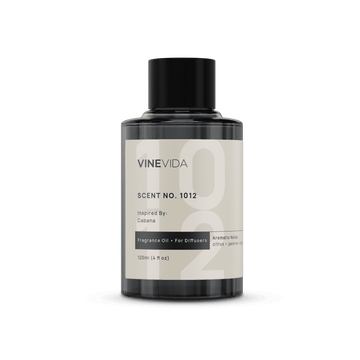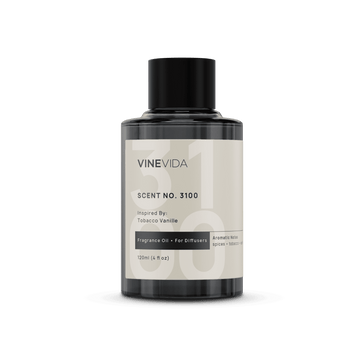I remember doing a video a few years ago of steaming my head because I had a bad cold and saying I had run out of ravensara essential oil. I was gutted because it is one of the best oils for coughs and colds. The next day, a parcel arrived. One of my patients had seen the video and ordered me a new one! What a lovely thing to do. Today we’ll look at one of my favorite oils for winter germs, ravensara essential oil.
Where Does Ravensara Essential Oil Come From?
Ravensara is a brightly scented, pervasive essential oil, a little like eucalyptus. It belongs to the laurel family. It originates from Madagascar and is native to Madagascar, Tasmania, and Australia. The tree is small to medium-sized and grows in humid and sub-humid lowland forests. It thrives best at altitudes between 70-100 meters but can be found at elevations between 10 and 1,300 meters. It grows to heights of 15 to 20 meters with several buttress roots at the base. The bark is a reddish brown, with dark green, shiny elliptical-shaped leaves and small yellow-green flowers that grow into fleshy berry fruits with a six septum inside. All parts of the tree are aromatic. The tree is colloquially known as the clove-nutmeg tree, havozo, or hazomanitra, which means “aromatic tree" or ravensare.
There are two main problems associated with ravensara essential oil. The first is ecological, and then the second pertains to terminology.
Also Read: A Brief History Of Frankincense Essential Oil And It’s Uses
Sustainability Of Ravensara Essential Oil
Ravensara essential oil is taken from a decreasing population of trees. The conservation status of the species is Near Threatened because of habitat loss, principally from shifting agriculture, logging, mining, and, sadly, from unsustainable and irresponsible overharvesting, mainly in the 1990s. While there was still an abundance of trees in the Madagascan rainforests, Behra et al stressed the importance of only using essential oils produced and procured sustainably. (Behra 2001)
Ravensara or Ravintsara?
In aromatherapy, we use the Latin name Ravensara aromatic to distinguish it from another oil, ravintsara; however, from a botanical point of view, Ravensara aromatica is an outdated term. Its correct Latin name is Cryptocarya agathophylla, a recent alteration from Agatophyllum aromaticum, discovered in 1792 by the French naturalist Pierre Sonnerat, which he named Ravensara aromatica.
There are two commercially available essential oils with very similar names, so distinguishing them is crucial. This isn't very clear because the term Ravensara was first derived from a Latinisation of Ravintsara! Honestly, I don’t understand why we don’t just move to refer to it by its new name Cryptocarya agathophylla, but hey ho, that’s aromatherapy for you. I swear people prefer things to be complicated most of the time. In a bid to try to avoid this confusion, Olivier Behra proposed in a 2001 article in the International Journal of Aromatherapy that the term aromatic ravensare might be a better term; however, this hasn’t caught on. (Behra, 2001) Shame it’s rather evocative, I think.
Ravintsara oil, put extremely oversimplistically, is a relative of camphor and entirely different from ravensara.
However, there needs to be more clarity since there are also two types of ravensara essential oil. The oil produced from the bark is 'ravensara anisata'; sometimes, this might also be labeled Havazo (or avazo), which mainly comprises methyl chavicol/estragole. When it was noticed how much bark was being harvested for this oil, it was suggested that aromatherapists try the leaves instead. (Halpern, 2002) This became the more popular essential oil.
Since estragole can be carcinogenic, anisata is seldom used in aromatherapy, but has excellent antimicrobial potential against E-Coli. (De Medici 1992, Behra, 2001, Rhind, 2020)
The oil produced from the steam-distilled leaves, called 'ravensara aromatica', is now the more mainstream and famous, and the one we sell.
This confusion between the two makes it very difficult to source reliable information regarding older usages of the tree in traditional pharmacopeia since we cannot reliably discern which species were used.
Also Read: 10 Ways To Use Your Star Anise Essential Oil
What Does Ravensara Essential Oil Smell Like
It has a sunshine-bright, clean, camphoraceous, and slightly fruity aroma. It is akin to eucalyptus but has a gentler, more balanced fragrance that isn't so sharp. It has a mild aniseed-y kind of licorice note to it.
What is Ravensara Essential Oil Good For?
Ravensara essential oil is rich in constituents that have antiviral, antimicrobial, and pain-relieving properties. Most importantly, aromatherapists use it for respiratory support, especially for coughs.
Respiratory Infections
Panda cites it for flu, bronchitis, viral hepatitis, and sinus congestion. (Panda, 2005)
For me, it's the strongest, most potent, and the fresh feeling of all the coughs and cold oils. I love it
HSV
A Canadian study into plants from Madagascar showed that ravensara has intense action against the herpes simplex virus. (Hudson, 2011) As such, it is helpful for both cold sores and genital herpes and for soothing pain from shingles. It should be stressed that this was an ethanolic extract rather than an essential oil and was done in a petri dish rather than in human trials.
Skin
Ravensara is astringent and cleansing and is particularly useful for greasy skin that can be prone to acne.
Muscles
Ravensara is a lovely oil to add to massage oils for muscle fatigue. It has powerful pain-killing properties and can be helpful for conditions that defy medical explanations, suggesting they may have an emotional component.
With its potent antiviral and analgesic action, I’d be tempted to use it for a client complaining of joint pain accompanying long COVID.
Also Read: What Is Ginger Essential Oil Good For?
The Emotional Healing of Ravensara Essential Oil
Felicity Warner devotes a whole chapter of her book Sacred Oils to Ravensara essential oil. She speaks of how it is beautiful for wounds that have a deep history and seem to impact a life so many years later. She cites it as helpful in helping to treat deep-seated fears and phobias.
Is it Ravensara Essential Oil Safe for Children
Maximum dilution for ravensara essential oil is just 1% for adults, so I suggest just 0.5% for children. However, it makes a safer alternative for children with chest infections or bronchitis than eucalyptus.
It is refreshing and happy and makes you feel cosseted rather than surrounded by hospital-type smells.
Conclusion
Gorgeous ravensara essential oil is an excellent addition to your first aid box and a great winter weapon. Use it in inhalations, creams, and lotions to protect and support healthy immune function.
Also Read: Which Essential Oils are Good for Respiratory Support















